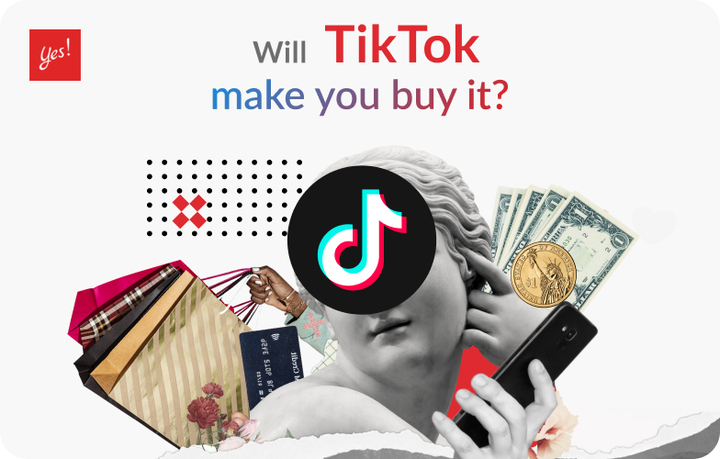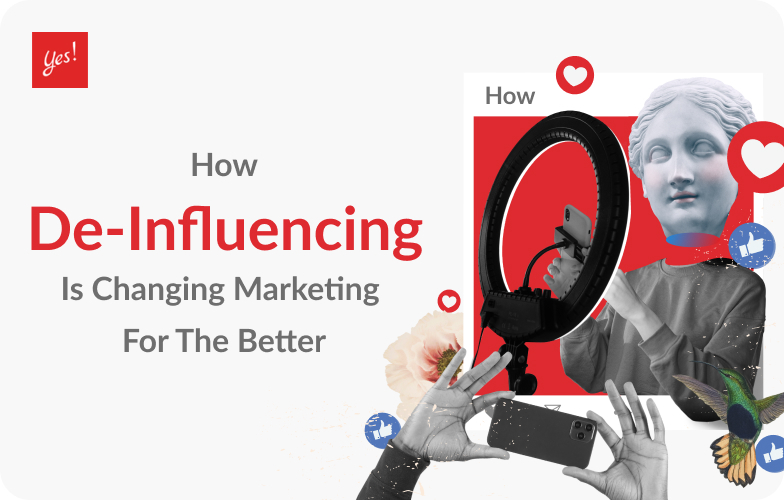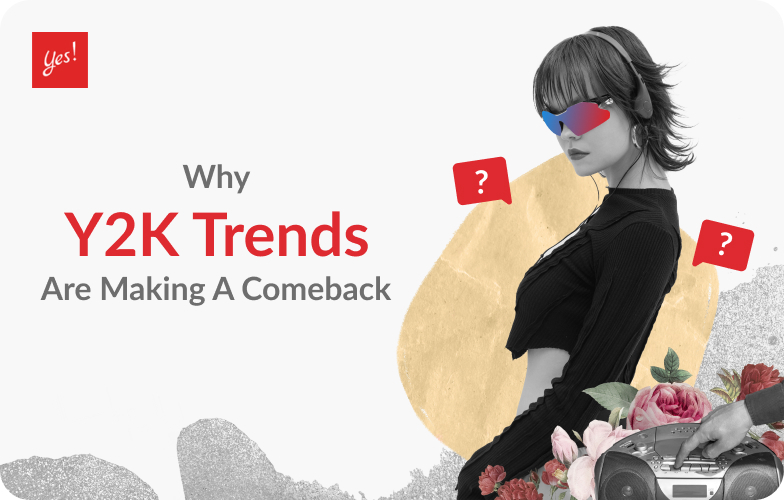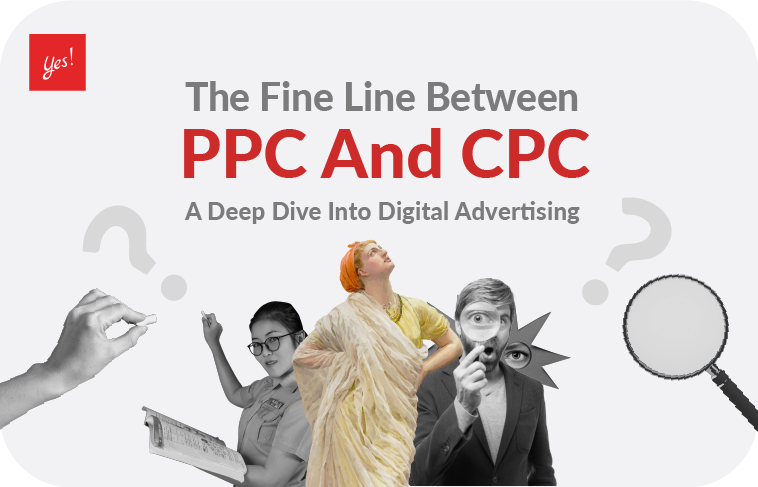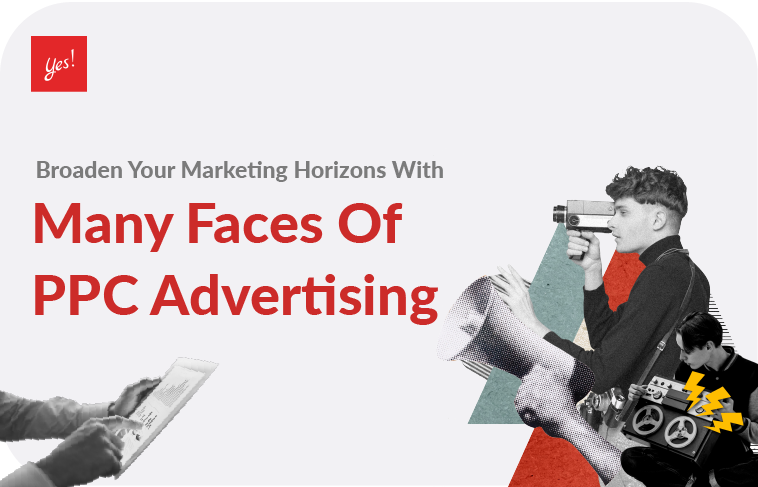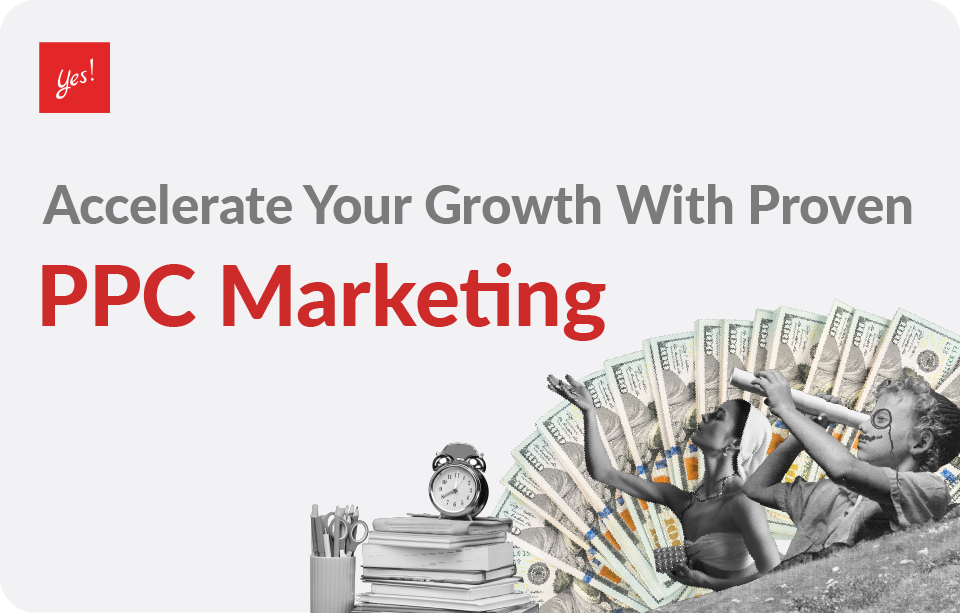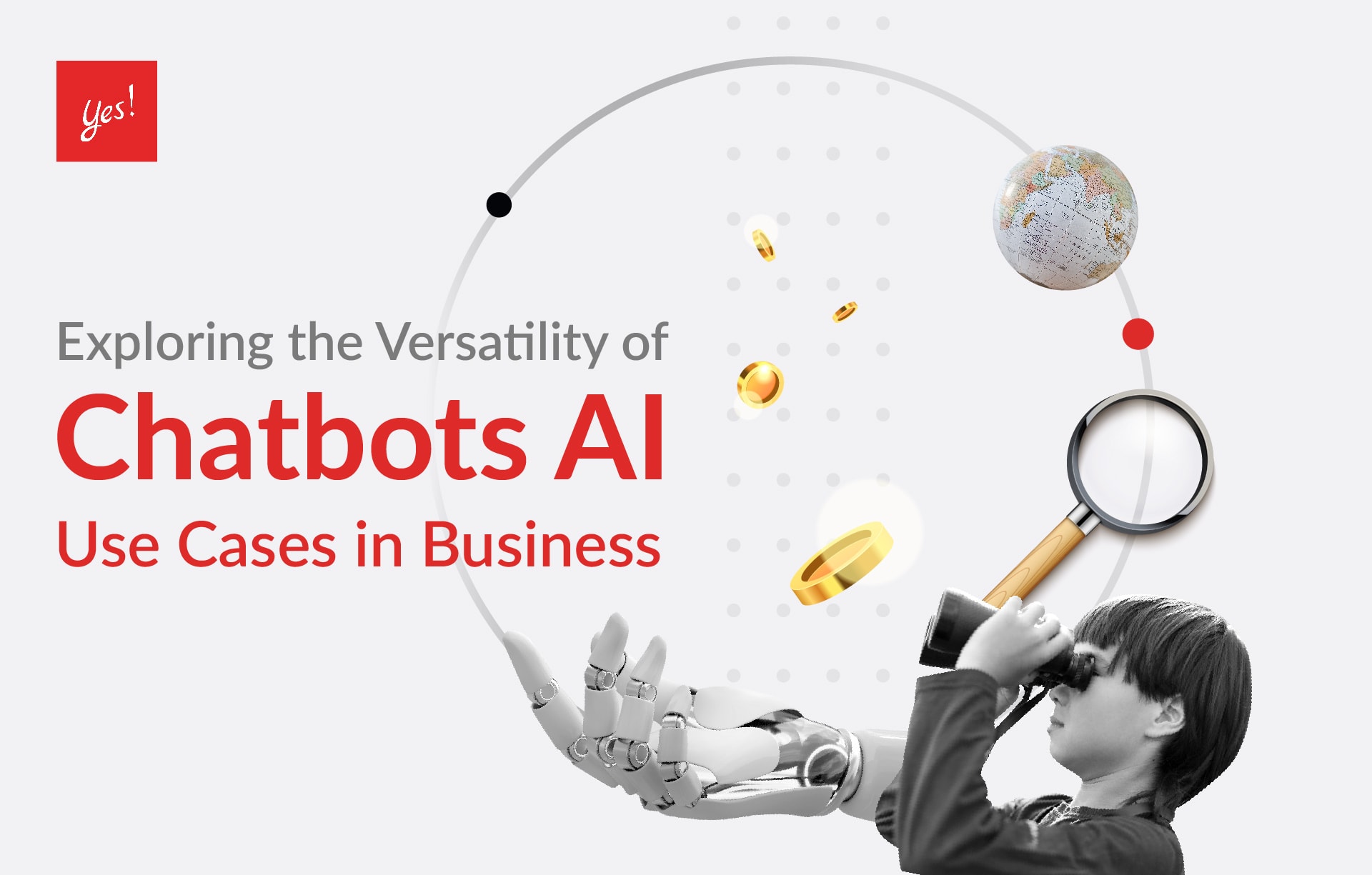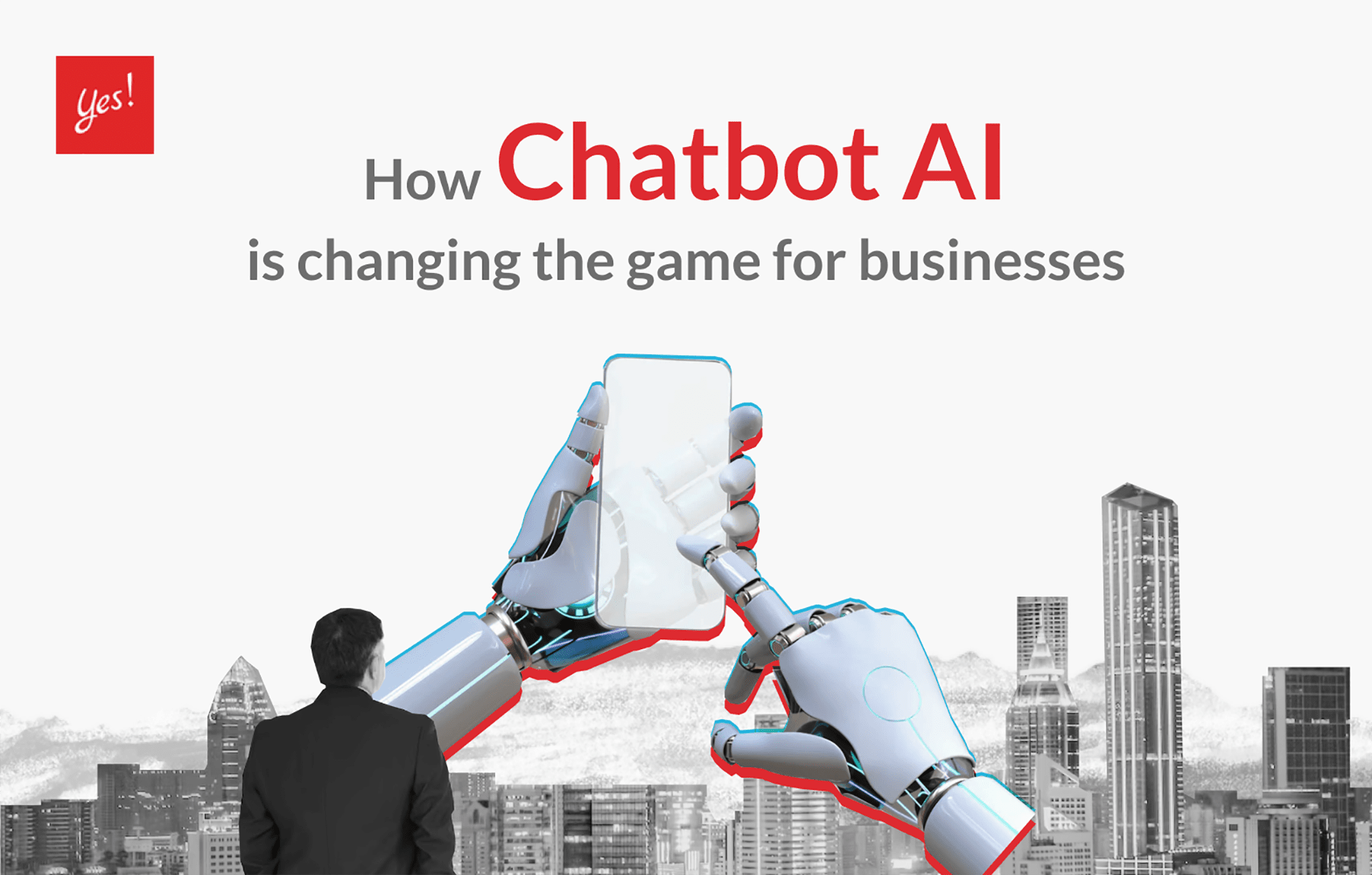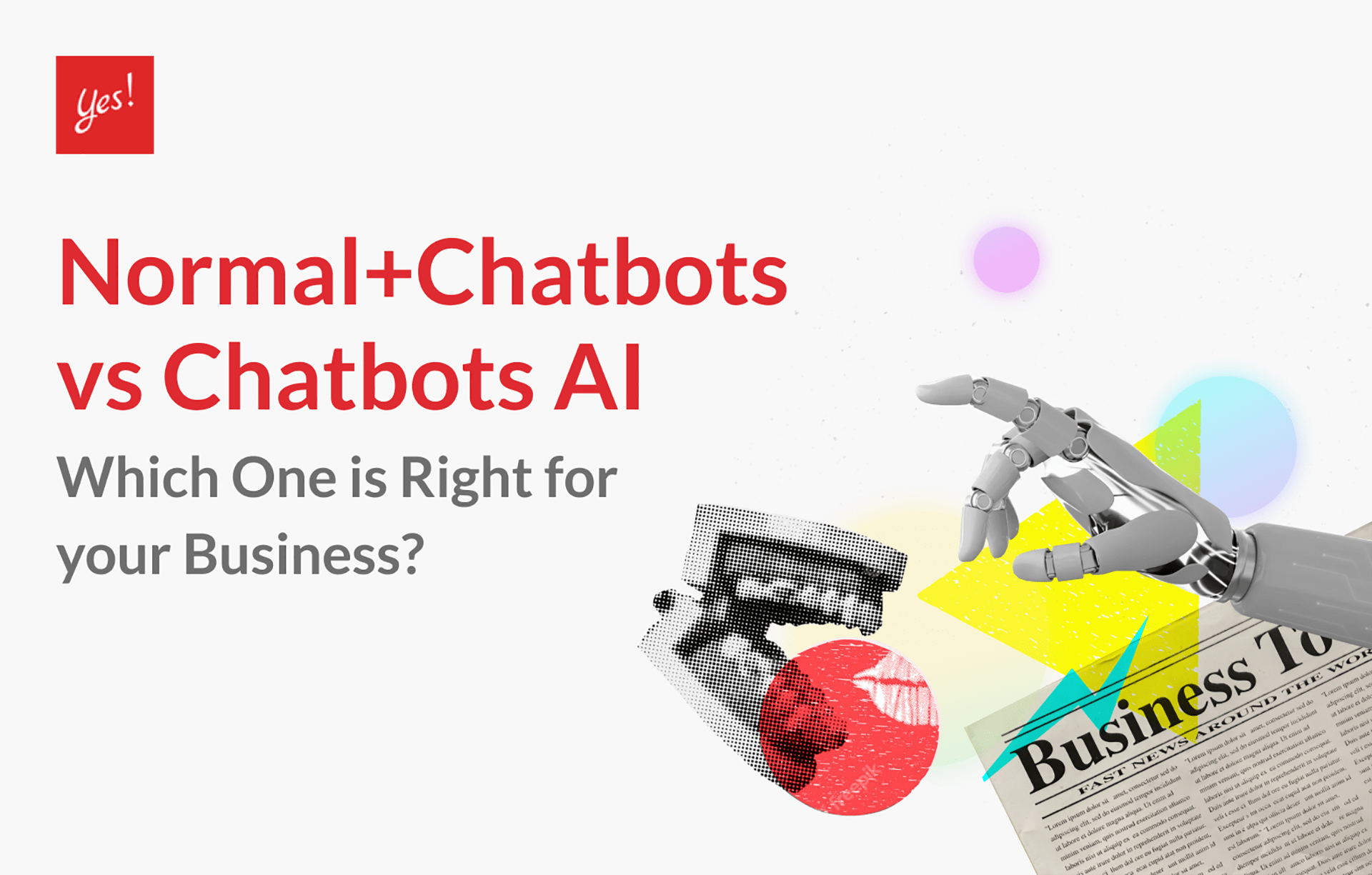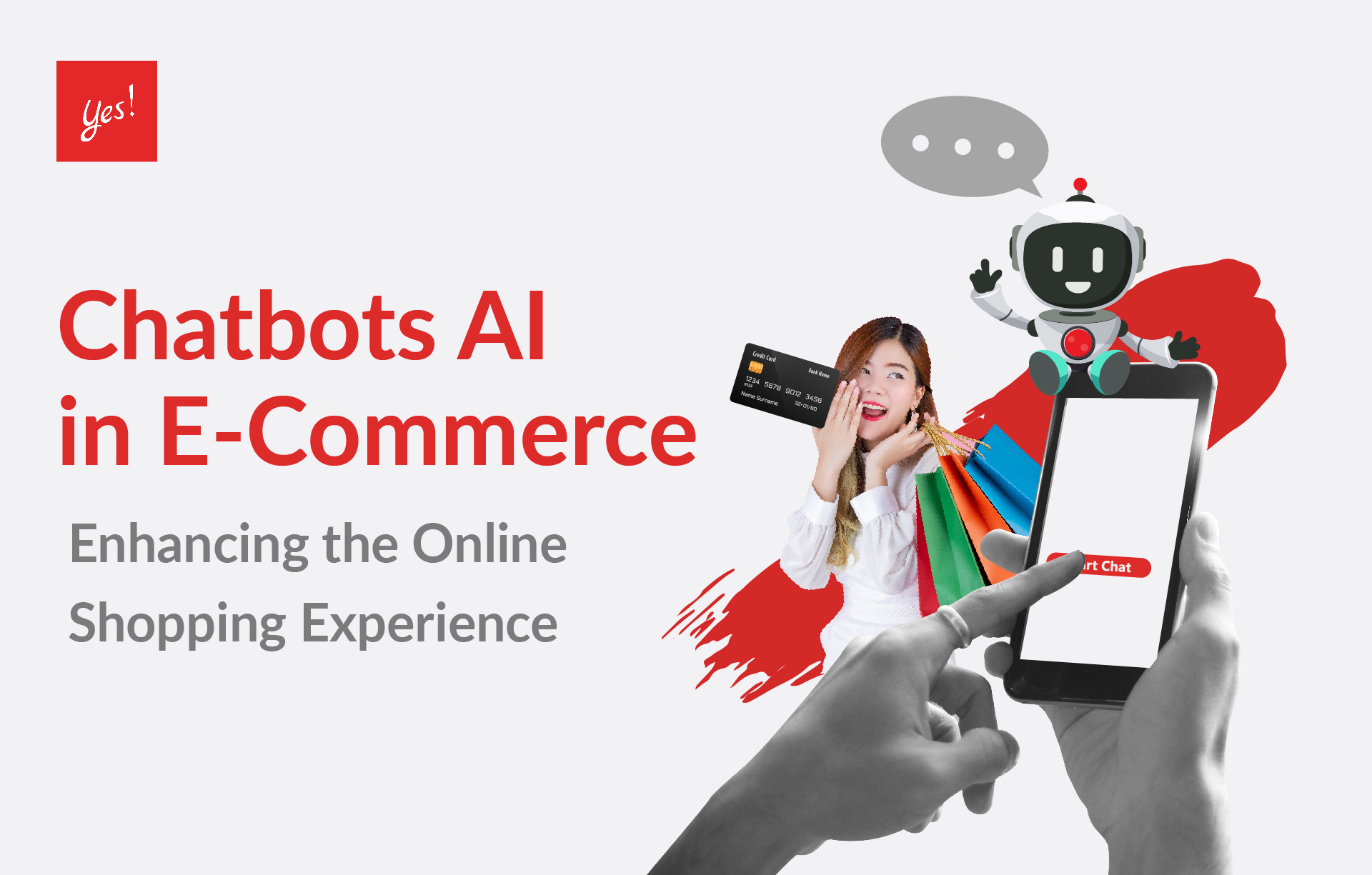Tiktok is transforming into a one-stop-shop for online entertainment and shopping delights
Will TikTok make you buy it? The power of the #TikTokMadeMeBuyIt hashtag has gained a reputation across social commerce in recent years. That’s the reason why TikTok is no longer known as a place for dancing and lip-syncing anymore, it has now become the hottest new shopping destination! TikTok’s rise as an online shopping destination has been driven by a number of factors. One of the most important is the app’s highly engaged user base. TikTok users are known for their passionate fandoms and willingness to try out new trends, making them ideal targets for influencer marketing and product promotion. Another key factor in TikTok’s emergence as an online shopping destination is the app’s innovative use of short-form video content. Brands and influencers can use TikTok’s short-form videos to showcase products in a way that is both informative and entertaining. By combining product demonstrations with music, humor, and other creative elements, TikTok creators are able to create highly engaging and memorable content that resonates with viewers. One of the most popular ways that brands are using TikTok for online shopping is through “haul” videos. Haul videos involve creators showcasing a series of products they have recently purchased, often from a particular store or brand. These videos can be highly influential in driving sales, as they allow viewers to see products in action and get a sense of how they look and feel in real life. In addition to haul videos, TikTok is also being used by brands to showcase new products, offer exclusive deals and discounts, and build relationships with their audiences. For example, fashion brands might use TikTok to debut new collections or showcase behind-the-scenes footage of fashion shows. Beauty brands might use the platform to offer makeup tutorials or showcase before-and-after transformations. The rise of TikTok as an online shopping destination is also being driven by the app’s growing e-commerce capabilities. In 2020, TikTok announced a partnership with Shopify that allows merchants to create and run TikTok campaigns directly from the Shopify dashboard. This integration makes it easy for merchants to sell products directly to TikTok’s highly engaged user base, making the app an even more powerful tool for driving sales and building brand awareness. Another important factor in TikTok’s rise as an online shopping destination is the app’s use of user-generated content. User-generated content involves users creating and sharing their own content on the platform, often featuring products they have purchased or used. This type of content is highly valuable for brands, as it allows them to tap into the enthusiasm and creativity of their fans and followers. One of the most notable examples of TikTok’s use of user-generated content for online shopping is the app’s “Hashtag Challenge Plus” feature. This feature allows brands to create their own hashtag challenges, which encourage users to create and share content relate4d to a particular theme or product. Brands can also include a shopping component in their challenge, allowing users to purchase products directly from the app. Regarding its rapid …




